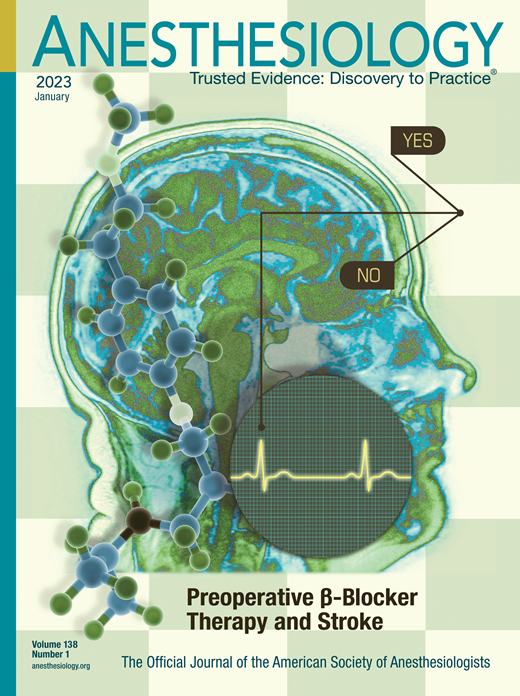D
deleted875186
I believe he is referring to the instance of induction with rocuronium and cannot ventilate and cannot intubate, in which case immediate access to rocuronium is life saving, and placing rocuronium out of the OR is a lawsuit.Nope. You still are not supposed to remove the endotracheal tube until the patient meets criteria for extubation. Extubating a weak patient was bad care before suggamadex came out. That is how it will play out.


